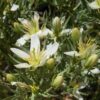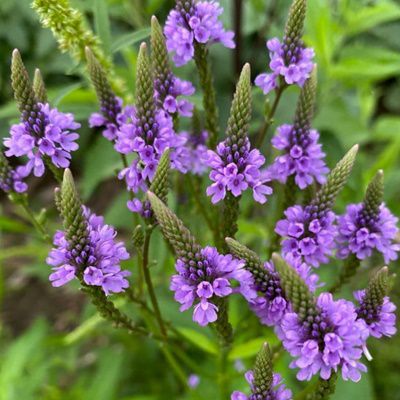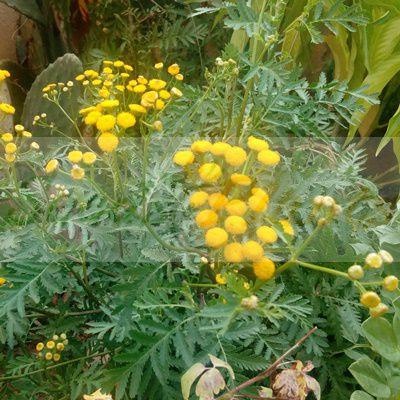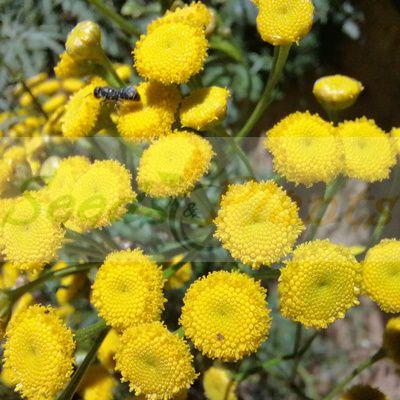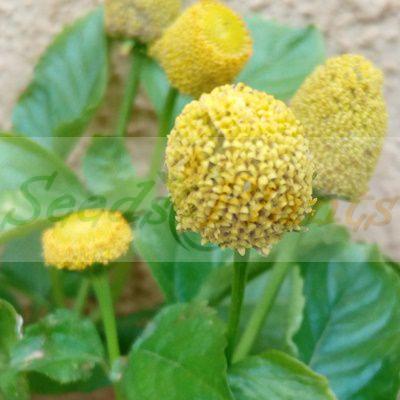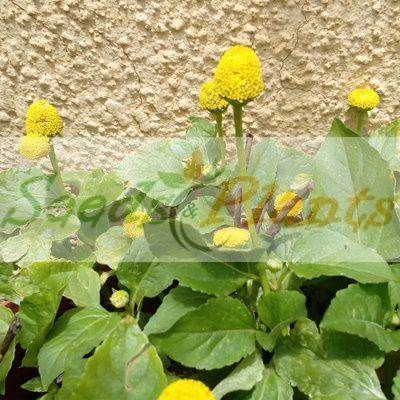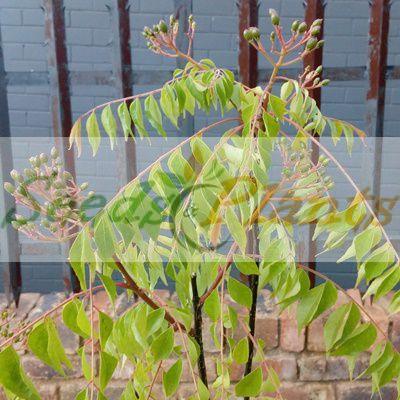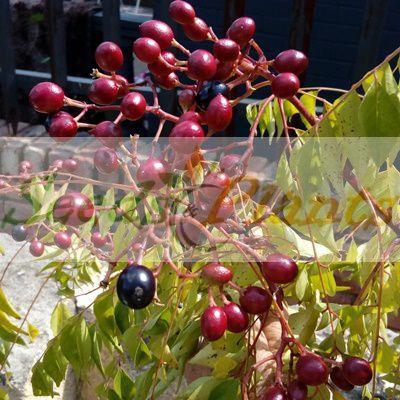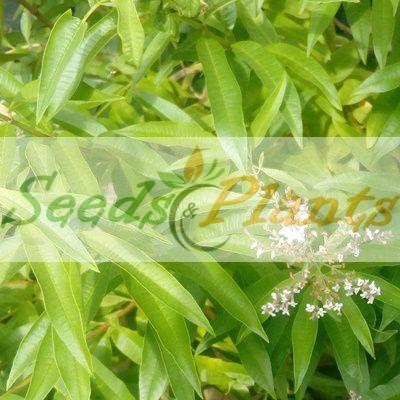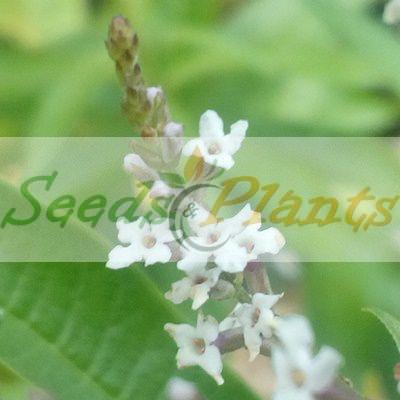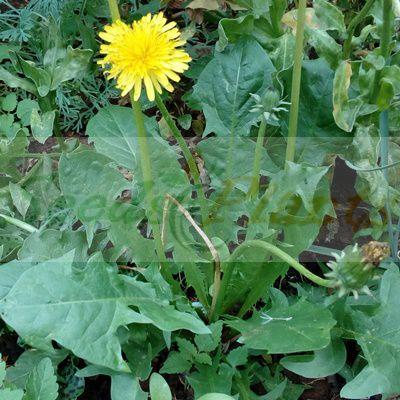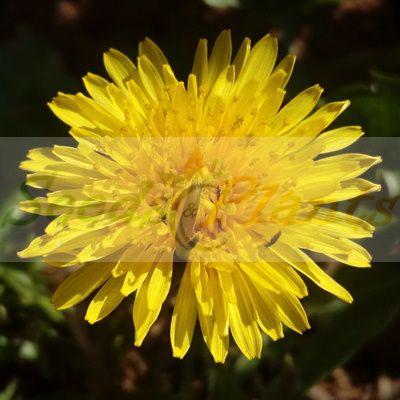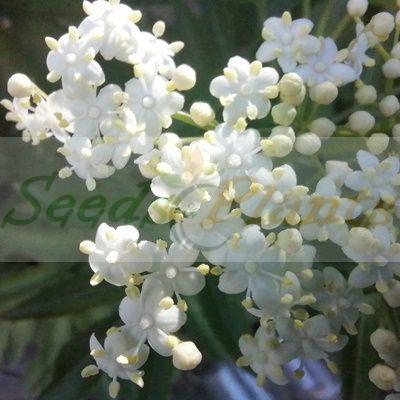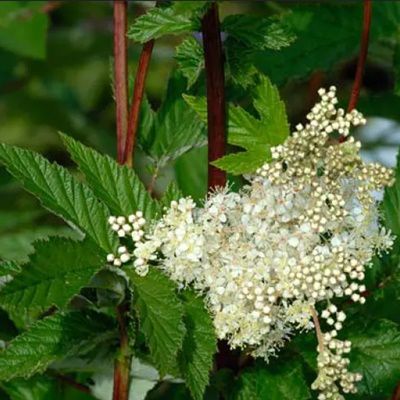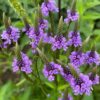-
×
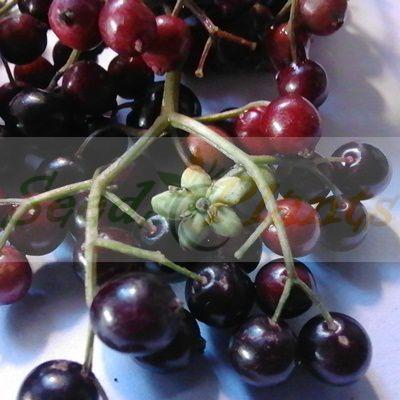 European Black Elderberry - 5 Seeds
1 × R50.00
European Black Elderberry - 5 Seeds
1 × R50.00
Blue Vervain – 50 Seeds
(Verbena hastata)
R30.00
Blue Vervain is a short-lived perennial flowering plant that has a long history in traditional medicine.
Common Names: American vervain, blue vervain, simpler’s joy, swamp verbena, wild vervain, wild hyssop, and blue verbena.
Indoor Sowing: Cold Stratification and then transplant seedlings in Spring.
Direct Sowing: Autumn.
In stock
Blue Vervain (Verbena hastata) is a tall, upright growing, clump-forming, short-lived perennial flowering plant in the vervain family Verbenaceae. The plant has a long history in traditional medicine.
It produces numerous, pencil-like flower spikes branched upwards. Each flower spike has a ring of small, blue-purple flowers. The flowers at the bottom of the spike bloom first. The stiff, pencil-like spikes are at the top of a square, grooved stem and its branches.
This wildflower plant prefers full sunlight and moist, well-drained, moderately rich soil. It typically grows in wet meadows, stream banks, fields and waste areas.
Common Names: American vervain, blue vervain, simpler’s joy, swamp verbena, wild vervain, wild hyssop, and blue verbena.
Blue Vervain Medicinal Benefits:
- To promote emotional and mental calm, especially in times of hormonal fluctuation.
- The treatment of depression, anxiety, tension and headache.
- Treatment of jaundice, digestive issues and coughs.
- It is also used externally for healing skin conditions.
Growing Blue Vervain
Indoor Sowing: Cold Stratification and then transplant seedlings in Spring.
Direct Sowing: Autumn.
- Seeds need to be cold stratified for 30 days, before sowing indoors. To stratify, use a moist, but not soggy, medium like a damp paper towel, coffee filter, or a mixture of peat and vermiculite/sand. Place the seeds and the moist medium in a sealed plastic bag or container. Place the sealed container in the refrigerator for about 30 days.
- After cold stratification, sow the seeds indoors or alternatively direct sow the stratified seeds in Spring.
- You can also direct sow the seeds in autumn without prior cold stratification and germination will take in Spring – this is the easiest method.
- Use a well-draining, moist potting mix when planting the seeds.
- Place a few seeds on top of the growing medium.
- Cover the seeds with a thin layer of soil.
- Keep soil moist, but not soggy.
- Optimal germination temperature is 15-21°C.
- Germination is erratic and can take as little as 30 days or up to 3 months, depending on when the seeds were sown, so patience is required. Generally seeds direct sown in Autumn will germinate in Spring and seeds direct sown in Spring will germinate in Summer.
- Once germination takes place, wait until the first set of true leaves appears before thinning the plants out.
Disclaimer
Medicinal Information:
All medicinal information on this website is for educational and informational purposes only and may not be construed as medical advice. The information is not intended to replace medical advice or treatment offered by healthcare professionals.
Seeds, Plants, Plant Cuttings, Geophytes and Dried Herbs:
In some countries and provinces, certain plants are deemed as invasive and are not allowed to be planted at all, whilst some plants are allowed to be grown only in certain areas or provinces. The onus is on you as the buyer to familiarize yourself with the regulations pertaining to your location, before purchasing any of our seeds, plants, plant cuttings, geophytes or dried herbs. We will not be held liable, should you purchase any seeds, plants, plant cuttings, geophytes or dried herbs. from us which are prohibited in your country or province.

